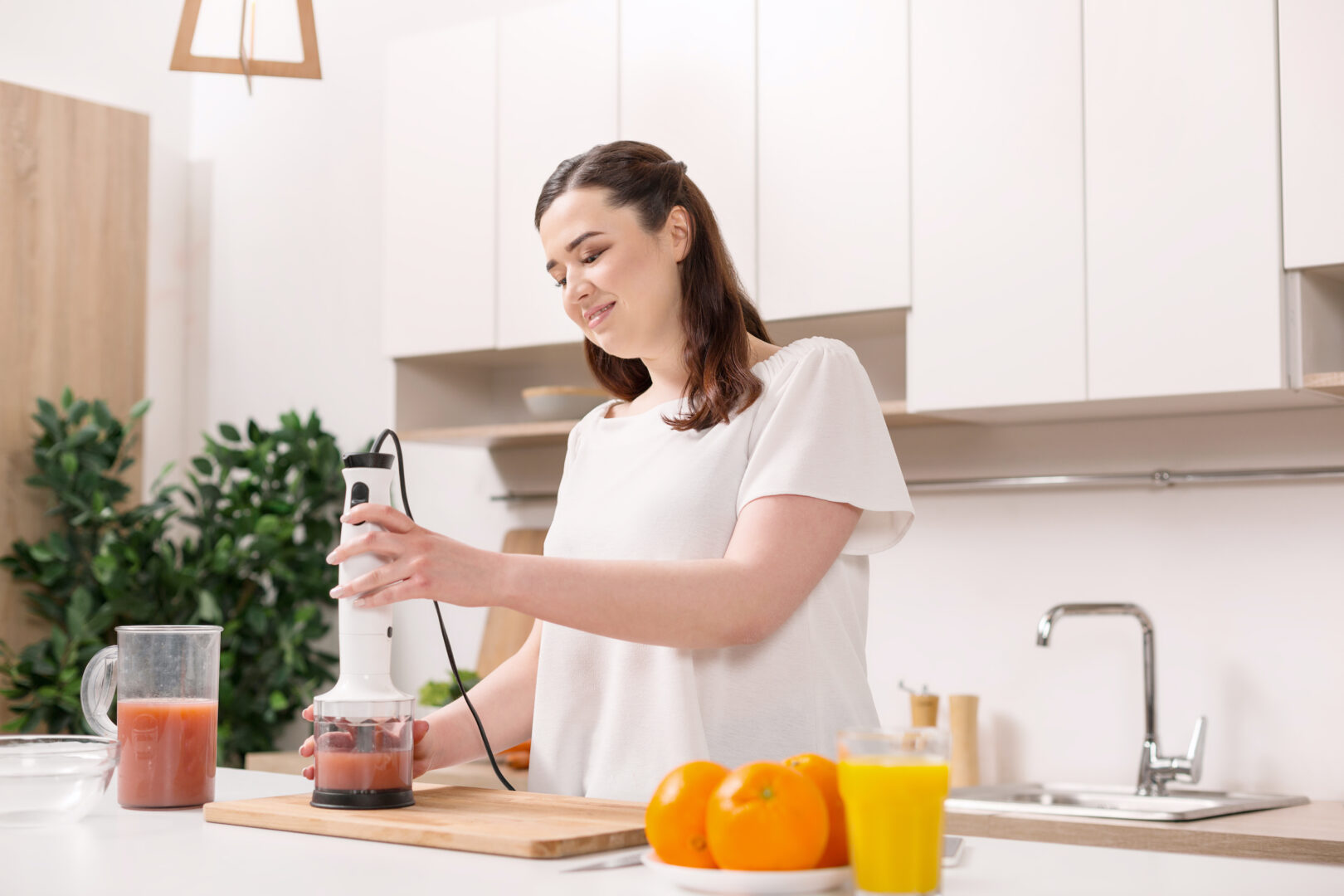Have you ever seen the Swiffer WetJet TV commercials? If so, you likely remember that they had a series of ads where they would drop off a box of their cleaning products at an “unsuspecting” family’s doorstep. The family would then use the product, and all of their cleaning problems would magically disappear. Ok, not really, but their floors were clean. Not only were these ads useful in showcasing the solutions their products offer, but they were also great examples of in-home usage testing.
In-home usage testing, also known as HUT, IHUT, Home-Usage Test, and In-Home User Test, is a specialized form of market research where brands provide their products to consumers to use in their homes. The goal of this testing is to see how consumers react to products in their natural home environment, instead of a lab or simulated set-up. Most of the products used during IHUT’s revolve around beauty, health, cleaning, tools, or appliances. In some instances, food products may also be subject to an in-home usage test.
There are numerous benefits to brands who conduct IHUTs. IHUT’s allow brands to gather candid feedback about their products before they go-to-market, implement product improvements quickly, enact packaging, prices, and marketing improvements, and save money on testing.
If your company is considering IHUT, learn about how to get started below.
Getting Started
There are several steps that brands need to take before starting their IHUT journey. Before you begin, seek out an experienced and knowledgeable market research team and determine what you want to test for, including pricing, marketing, packaging, product expectations, purchase intent, competition, etc.
The next step is to find the right testers. You can narrow down your pool of testers via phone-screens and online surveys. Many market research firms already have lists of customers sorted by demographics that you can tap into. After you select testers, it is typically easy to get them on board as they receive a free product in exchange for their opinion.
Once your testers are selected, you need to package your test kit. You should pack your products safely with an instruction sheet and contact information. A polished and professional kit is your first impression with the customer, and you want it to be a good one.
For some products, a pre-and post-test evaluation is sufficient to gather the required data. However, most brands need a more in-depth approach to testing. At Fuel Cycle, we use various in-home usage testing tools to gather rich customer data, including diary studies, video/photo diaries, pre-and post-test evaluation, quantitative surveys, and qualitative discussions. A virtual focus group or interview can also offer powerful real-time feedback. Researchers can “meet” testers remotely and ask questions while they are using the product.
Multi-faceted market research and IHUT tools can help organizations bring their products to market with confidence.
IHUT in a Nutshell
Companies should never launch a new consumer-goods product without proper market research to inform product development through every stage. An integral part of that research is in-home usage testing, which involves multiple phases. In a nutshell, IHUT follows this format:
- Testing objectives are determined
- Testers are screened and selected
- Test kits are sent to testers
- Products are tested using IHUT tools like diaries, pre-and post-test evaluation, quantitative surveys, and qualitative discussions
- Virtual focus groups and interviews are conducted
- Analysis and reporting of results is completed by research firm/team
Brands need an accurate and reliable way to test and measure if their product is ready for the perfect launch throughout every stage of development. This is why in-home usage testing will continue to be an integral part of consumer-goods product testing.
Also, be sure to check out this article if you’re curious to learn more about running virtual focus groups and interviews for research.



